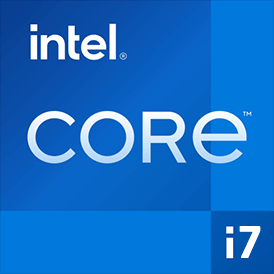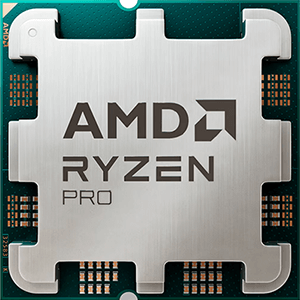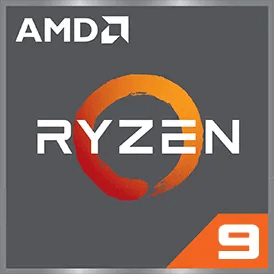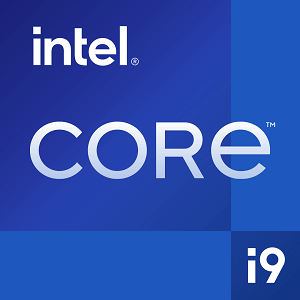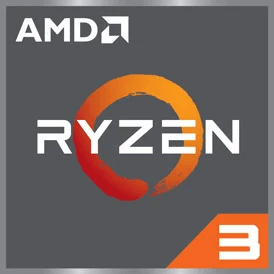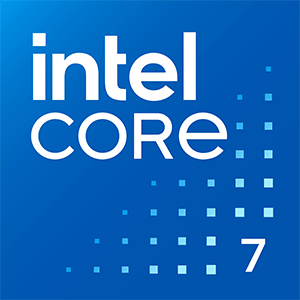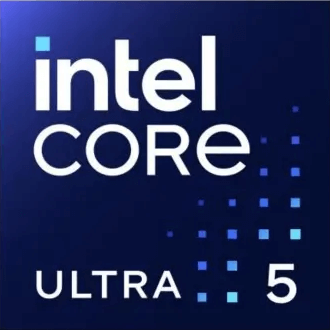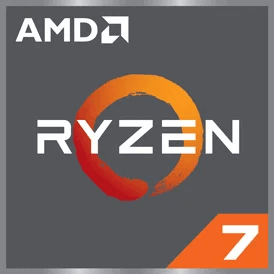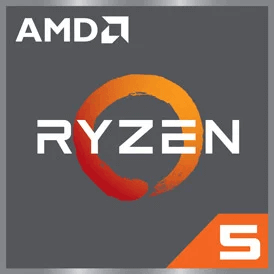Intel Core i7 13700 vs Apple M1 Ultra
We compared two desktop CPUs: Intel Core i7 13700 with 16 cores 2.1GHz and Apple M1 Ultra with 20 cores 3.2GHz . You will find out which processor performs better in benchmark tests, key specifications, power consumption and more.
Main Differences
Intel Core i7 13700 's Advantages
Released 10 months late
Apple M1 Ultra 's Advantages
Better graphics card performance
Higher specification of memory (6400 vs 5600)
Larger memory bandwidth (800GB/s vs 89.6GB/s)
Higher base frequency (3.2GHz vs 2.1GHz)
More modern manufacturing process (5nm vs 10nm)
Lower TDP (60W vs 65W)
Score
Benchmark
Cinebench R23 Single Core
Intel Core i7 13700
+33%
2051
Apple M1 Ultra
1538
Cinebench R23 Multi Core
Intel Core i7 13700
+8%
24993
Apple M1 Ultra
23054
Geekbench 6 Single Core
Intel Core i7 13700
+7%
2611
Apple M1 Ultra
2420
Geekbench 6 Multi Core
Intel Core i7 13700
16463
Apple M1 Ultra
+13%
18680
Cinebench 2024 Single Core
Intel Core i7 13700
+3%
118
Apple M1 Ultra
114
Cinebench 2024 Multi Core
Intel Core i7 13700
1398
Apple M1 Ultra
+16%
1624
Blender
Intel Core i7 13700
377
Apple M1 Ultra
+10%
417
Geekbench 5 Single Core
Intel Core i7 13700
+14%
2024
Apple M1 Ultra
1768
Geekbench 5 Multi Core
Intel Core i7 13700
19969
Apple M1 Ultra
+17%
23501
Passmark CPU Single Core
Intel Core i7 13700
+8%
4143
Apple M1 Ultra
3831
Passmark CPU Multi Core
Intel Core i7 13700
37778
Apple M1 Ultra
+7%
40784
General Parameters
Jan 2023
Release Date
Mar 2022
Intel
Manufacturer
Apple
Desktop
Type
Desktop
x86-64
Instruction Set
ARMv8
Raptor Lake
Core Architecture
Apple M1
i7-13700
Processor Number
APL1106/APL1W06
LGA-1700
Socket
Apple M-Socket
UHD Graphics 770
Integrated Graphics
Apple M1 Ultra GPU (64-core)
Package
-
Transistor Count
114 billions
10 nm
Manufacturing Process
5 nm
65 W
Power Consumption
60 W
219 W
Max Turbo Power Consumption
-
100°C
Peak Operating Temperature
-
CPU Performance
8
Performance Cores
16
16
Performance Core Threads
16
2.1 GHz
Performance Core Base Frequency
3.2 GHz
5.1 GHz
Performance Core Turbo Frequency
3.2 GHz
8
Efficiency Cores
4
8
Efficiency Core Threads
4
1.5 GHz
Efficiency Core Base Frequency
2.1 GHz
4.1 GHz
Efficiency Core Turbo Frequency
-
16
Total Core Count
20
24
Total Thread Count
20
100 MHz
Bus Frequency
-
21x
Multiplier
-
80 K per core
L1 Cache
192 K per core
2 MB per core
L2 Cache
48 MB shared
30 MB shared
L3 Cache
-
No
Unlocked Multiplier
No
Memory Parameters
DDR5-5600, DDR4-3200
Memory Types
LPDDR5-6400
192 GB
Max Memory Size
128 GB
2
Max Memory Channels
16
89.6 GB/s
Max Memory Bandwidth
800 GB/s
Yes
ECC Memory Support
No
Graphics Card Parameters
true
Integrated Graphics
true
300 MHz
GPU Base Frequency
450 MHz
1600 MHz
GPU Max Dynamic Frequency
1296 MHz
256
Shader Units
8192
16
Texture Units
512
8
Raster Operation Units
256
32
Execution Units
1024
15 W
Power Consumption
120 W
-
Max Resolution
6016x3384 - 60 Hz
0.78 TFLOPS
Graphics Performance
21.2 TFLOPS
